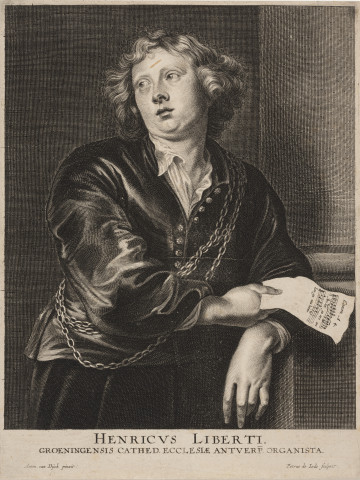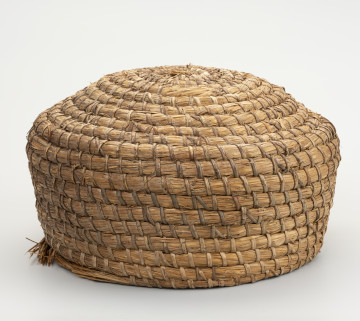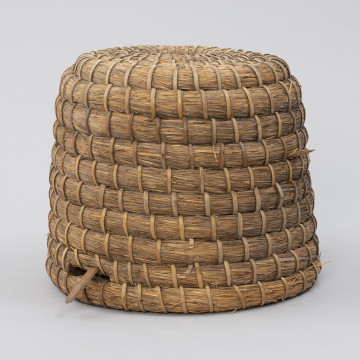
Portrait
circa 1632
National Museum in Szczecin
Part of the collection: Stone Age
The slate spade from Unimie, the district of Łobez, comes from an archaeological site, where tools and half-finished tools from different Palaeolithic and Mesolithic periods were found in 1931. The tool called a spade was made of grey chert. It is a rock of Cretaceous age, similar to flint, but with a more granular structure. The raw material can give the impression of being difficult to work with, especially when compared to glassy flints of high quality. In fact, it is very flaky; when struck, it fractures in an easily predictable manner yet is rugged and durable. These properties have led to using chert to make macro-lithic tools for various types of heavy work, such as woodworking and digging. The spade from Unimie was formed by chipping off a splinter from a large lump of raw material. It is highly likely that it was the so-called pre-defined, in other words, planned, flake. It means that it was shaped in such a way as to make it as easy as possible to convert it into the desired tool before it was rebound from the lump. The working part was repaired at least once. It is worth noting that other macro-lithic tools from the Unimie site were produced using the same method. The spade from Unimie, like other macroliths, was a tool designed for several different types of work. The form indicates that it might have been something like a pickaxe for digging or an axe for punching holes, perhaps a woodworking tool.
Michał Adamczyk
Author / creator
Dimensions
cały obiekt: height: 8 cm, width: 2.5 cm
Object type
pickaxe, pick
Technique
hard masher carving, carving
Material
stone
Origin / acquisition method
acquisition
Creation time / dating
Creation / finding place
Owner
National Museum in Szczecin
Identification number
Location / status

circa 1632
National Museum in Szczecin

1965
National Museum in Szczecin

1890 — 1910
National Museum in Szczecin
DISCOVER this TOPIC
Castle Museum in Łańcut
DISCOVER this PATH
Educational path